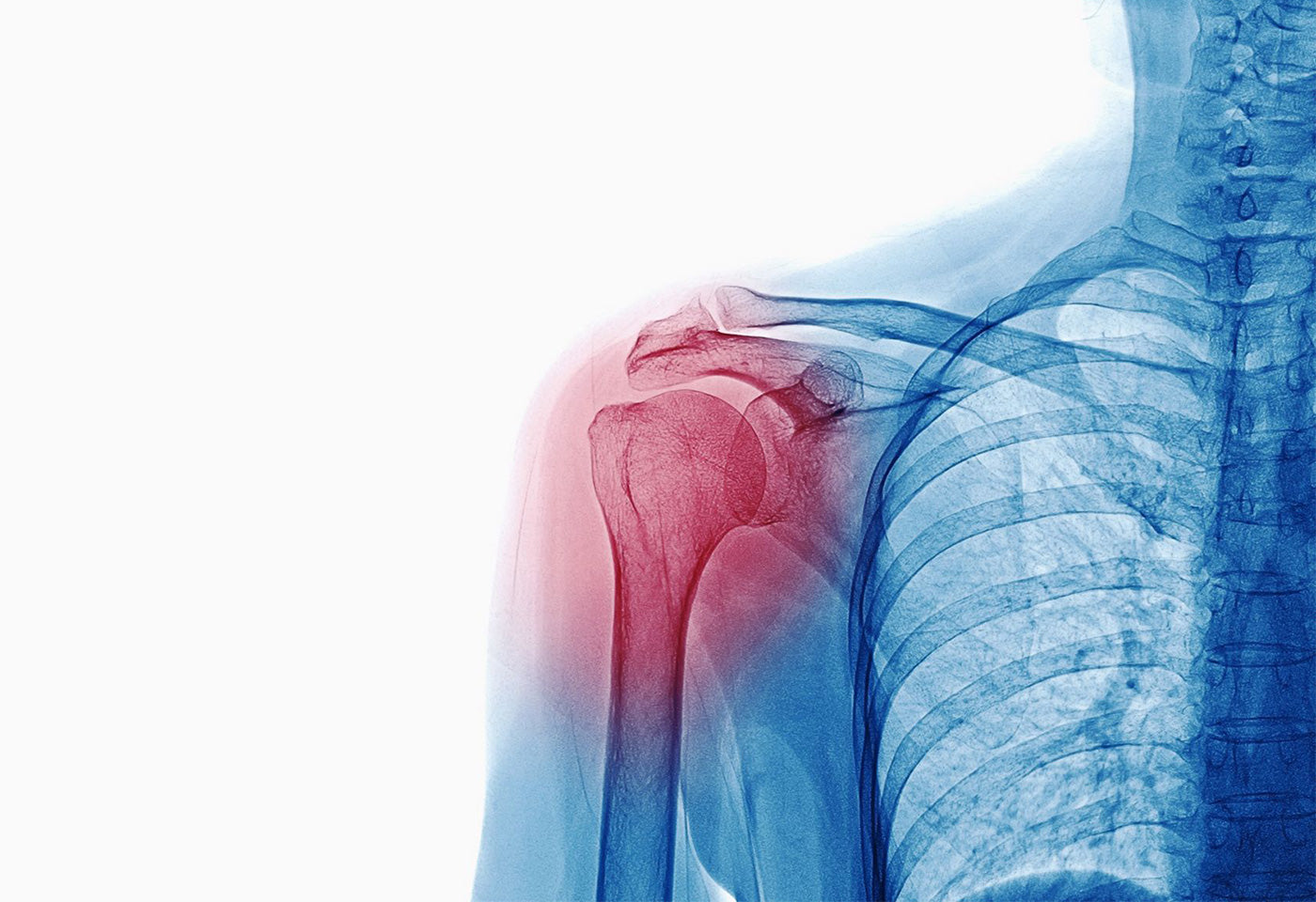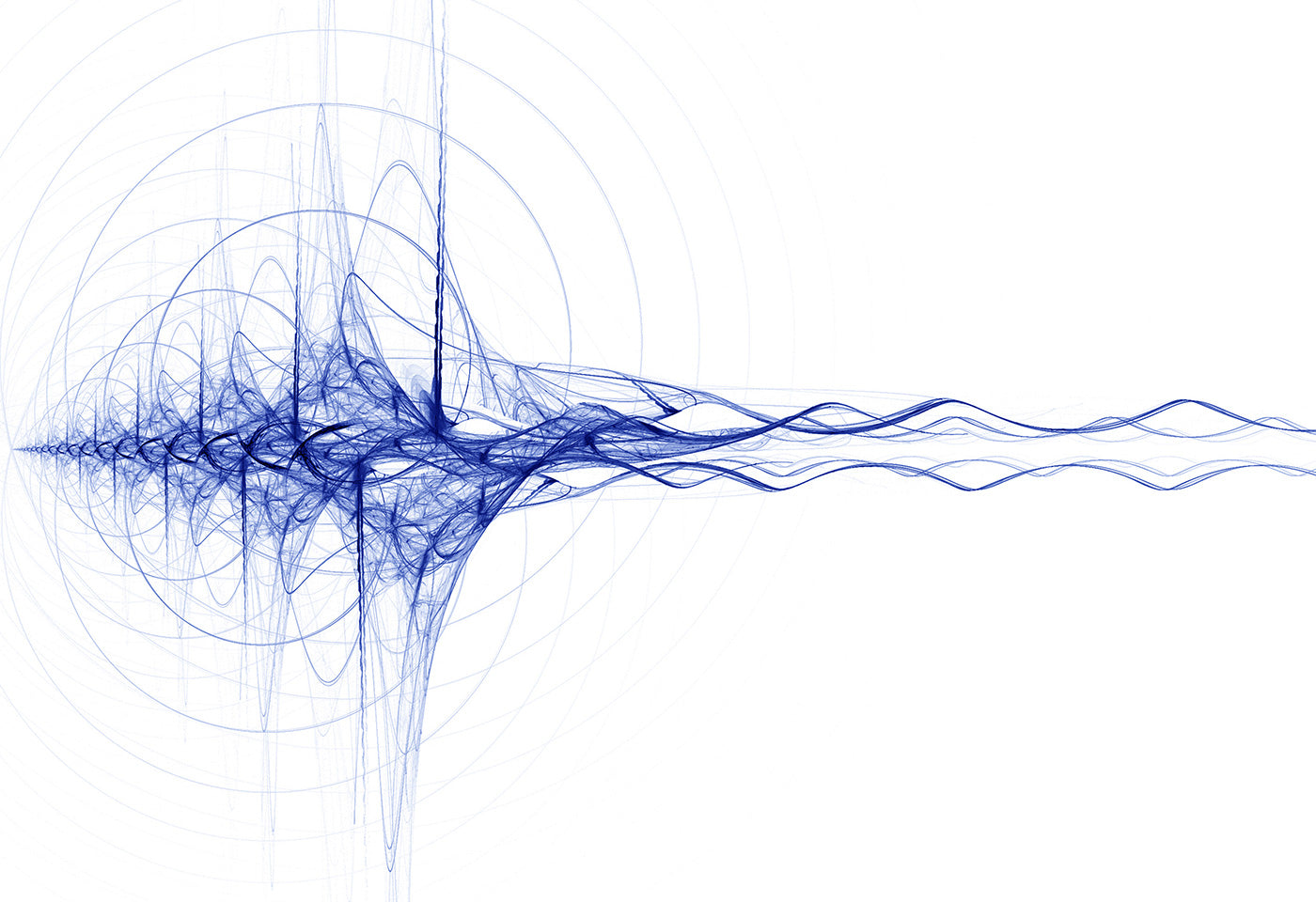
What is Subluxation?
One of the most common areas often affected by a neurological injury is the shoulder (i.e., glenohumeral joint). The shoulder complex is a very sophisticated and complicated joint in the body. It consists of 20 muscles, 3 bones, 3 joints, and 1 articulation. It has the greatest ROM of any joint in the body but at the expense of stability.
Because the shoulder is very mobile, it is highly vulnerable to secondary complications following a stroke or other neurological injuries. Shoulder subluxation, also referred to as inferior subluxation, is often seen in clients suffering from weakness in the arm due to hemiparesis. Typically, over time, this continued weakness causes the humeral head (ball of the humerus) to shift out of the socket (glenoid cavity) in a slightly downward direction. This is partly due to gravity pulling the weight of the humerus downward, and more importantly, also due to the lack of shoulder muscle strength resulting in the inferior displacement. The subluxation is palpable by feeling the space or gap between the top of the shoulder bone (acromion) and the top of the humerus (ball).
Quick Facts:
- Paralysis of shoulder muscles combined with the weight of gravity causes subluxation to occur.
- Subluxation can start as early as the 3rd week following injury or stroke.
- Shoulder subluxation affects up to 81% of stroke patients.
- Slings/taping are not effective for improving subluxation.
- Electrical stimulation is considered beneficial for subluxation.
Electrical Stimulation and Subluxation
Clients with little to no movement in the arm struggle to improve shoulder subluxation due to weakness. Therefore, it is common for clinicians to incorporate electrical stimulation, as a helpful tool, to maximize muscle contractions which can lead to increase strength.
Wait, What?!
Traditional theorists considered the supraspinatus muscle as one of the key electrode placement sites for treating shoulder subluxation. The latest evidence shows that the supraspinatus is not as effective as once believed and is now considered one of the weakest proximal migrators (i.e., lift arm back into the joint). In addition, research shows that many stroke clients exhibit partial tears of the supraspinatus tendon rendering it even less effective to assist with reducing the subluxation.
Need a Lift?
Subluxation treatment typically focuses on techniques that strengthen the deltoid muscles (large shoulder muscle group) since they are the strongest proximal migrators. This will allow the humerus to migrate, or move, in an upward direction back into the joint. Therefore, it is recommended that the electrode placement site for subluxation should be positioned over the deltoid muscles for best results.
No Muscle Left Behind
In addition to focusing on strengthening the deltoids, clinicians should also target the client’s weakened scapular muscles. Often times, an individual exhibiting a shoulder subluxation tends to present with noticeable scapular abduction, downward rotation, and depression.






